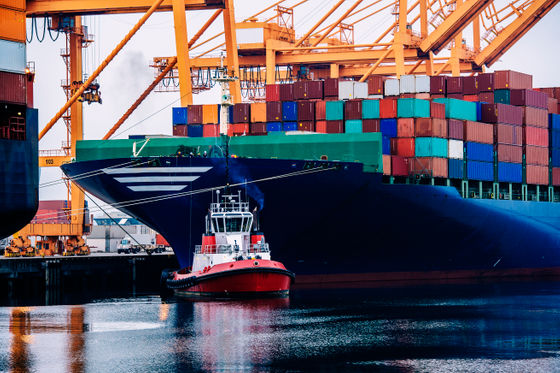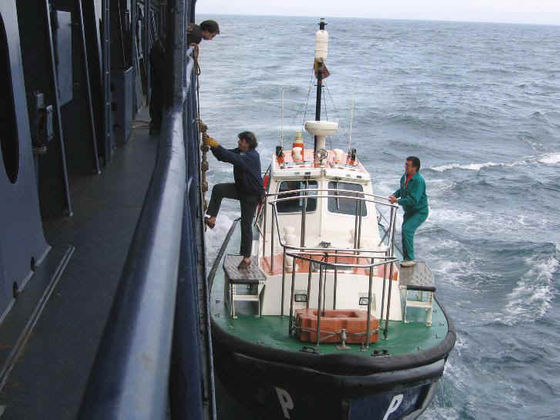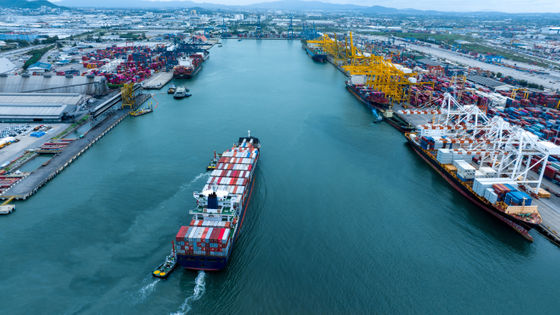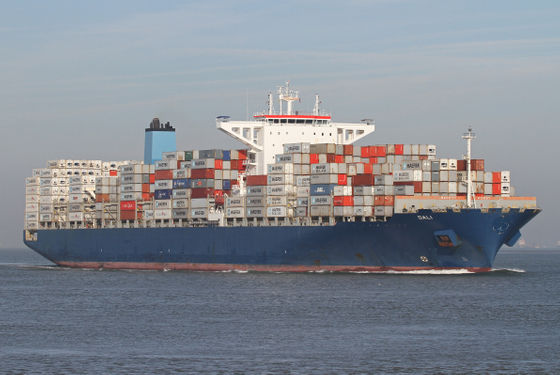A former captain of a large ship explains the accident in Baltimore where a bridge collapsed due to a collision with a cargo ship, and what kind of work does the ``pilot'' who was also on the accident ship do?

On March 26, 2024, the large cargo ship 'Dari'
I've captained ships into tight ports like Baltimore, and this is how captains like me work with harbor pilots to avoid deadly collisions
https://theconversation.com/ive-captained-ships-into-tight-ports-like-baltimore-and-this-is-how-captains-like-me-work-with-harbor-pilots-to-avoid- deadly-collisions-226700
Naomi Shalit, senior editor of The Conversation (hereinafter referred to as 'The Conversation'), spoke to Alan Post (hereinafter referred to as 'Mr. Post') of Texas A&M University Galveston, who has served as a captain on ships large and small. , a question-and-answer interview about the role pilots play when large ships enter and leave port.

The Conversation:
What was your first thought when you heard the news of the accident?
Mr. Post:
My first thought was to thank God that the accident happened at night when there was less traffic on the bridge. If it had happened during the day, the casualties would have been in the thousands. My heart aches for the lives lost.
The Conversation:
There were two pilots on board the ship, which was docked in the Port of Baltimore. Please tell me the role of a pilot.
Mr. Post:
Pilots are boarded in areas designated as restricted areas for maneuvering or restricted navigation. They are usually local experts recognized by the state or federal government and are tasked with advising the captain on how to safely and properly maneuver the vessel through the pilotage area, in this case the lower reaches of the river in the Port of Baltimore. I'll carry it.
Pilots are particularly skilled in close maneuvers with tugboats and in berthing ships at designated moorings.

The Conversation:
Isn't the pilot on board the ship steering the ship?
Mr. Post:
The pilot is merely an advisor to the captain, known as the 'master' in commercial shipping, and the captain is solely responsible for the safe navigation of the vessel. Therefore, the pilot meets the ship at sea or at the dock if the ship is in port. They then head to the bridge to greet the captain and receive a small souvenir of a ship's item, such as a hat, or a cup of coffee.
The pilot then accesses the ship's electronic chart data information system to make preparations. At this point, the captain tells the pilot where they are going, what the characteristics of the ship are, who is on the bridge and what their first language is, the height of the ship above the water (Air Draft) etc.

Once this is done, the pilot begins instructing the officer on duty and the captain (often the same person) how to move the ship into and out of the dock and out to sea. This instruction is given during complex maneuvers and is not always given. Pilots can also refuse instructions or stop operations if they feel conditions are unsafe or the vessel is not in a condition for safe navigation. This is especially common when there is fog.
The pilot also interacts with the Coast Guard Vessel Traffic Service and other vessels in the area, coordinates with tugs and line handlers who operate
The Conversation:
Please tell me about pilot training.
Mr. Post:
Most pilots must first attend maritime school and spend years at sea as commanders or bridge lookouts. From there, students enter the pilotage apprenticeship program set up by each pilotage association, and through simulators and hands-on training, they learn how various ships are operated, how ocean currents and tidal currents differ depending on the location on the route, and learn about waterways. We spend years learning how this affects our ships.
In other words, you cannot become a pilot by attending a maritime school for three weeks; you need long training, just like a doctor.

The Conversation:
Specifically, how many years of training is required at least to serve as a pilot on a ship?
Mr. Post:
In many cases, it takes more than 10 years to reach full-fledged status.
The Conversation:
That means they are port specialists.
Mr. Post:
Most of them are Coast Guard licensed marine officers and are licensed for vessels without tonnage restrictions. However, the training does not end there; in order to work at a port, the pilot must be accepted into a local pilot apprenticeship program in order to obtain pilot certification. Therefore, there are cases where a person who was a pilot in one area may not be able to obtain a qualification in another area.
They spend years under the tutelage of senior pilots who teach them all the basics they need to know about local waterways and navigating them, tidal currents and the location of moorings. This way, they become absolute experts. Most pilots are able to draw a chart of the pilotage area by the time they take the test.

The Conversation:
Is it a legal requirement for a pilot to be present when entering or exiting a restricted area?
Mr. Post:
Required by state and/or federal law.
The Conversation:
The cargo ship 'Dari' that caused this accident was a ship with a total length of 1000 feet (about 300 m). Is this a medium size cargo ship?
Mr. Post:
yes. This is a standard size for a modern cargo ship. The size of ships is getting bigger every year, and even 1000 feet is common.

The Conversation:
Has this method of steering a ship been practiced since ancient times?
Mr. Post:
It has been around since around the same time humans began using the sea for commerce. From the dawn of sea travel to the present day, captains did not know every port, so they brought people on board who were familiar with the area. In the early days, local fishermen often filled this role. In the United States, the Sandy Hook Pilotage Association has been piloting ships entering and exiting New York Harbor for 300 years.
The Conversation:
Is the Baltimore accident a nightmare for every captain, pilot, and crew?
Mr. Post:
of course. My first assumption was that it was due to a failure in the ship's electrical system, and the timing couldn't have been worse.
That's it for the interview. According to local Baltimore TV station WBAL-TV, the Dali had been inspected 27 times since it entered service in 2016, until Chilean authorities discovered defects in its propulsion system and auxiliary machinery in June 2023. There were no problems.
Video footage of the accident shows that Dali's lights went out before the collision, and it appears that there was a power outage, leading people other than Mr. Post to suspect that an electrical malfunction may have been the cause of the accident. The voice is rising.
A solid quick breakdown of the apparent multiple power failures on the 'Dali' ahead of impact with the Francis Scott Key Bridge in Baltimore, MD.
— Moshe Schwartz (@YWNReporter) March 26, 2024
I'm looking to credit whoever created this. (Dm) pic.twitter.com/NV1zSQHYkU
◆Forum now open
A forum related to this article has been set up on the GIGAZINE official Discord server . Anyone can write freely, so please feel free to comment! If you do not have a Discord account, please create one by referring to the article explaining how to create an account!
• Discord | 'Is the bridge collapse accident that occurred in America likely to happen in Japan?' | GIGAZINE
https://discord.com/channels/1037961069903216680/1222478786839449702
Related Posts:







